From Poker to Horseshoes
A Brief Look at Cowboy Superstition
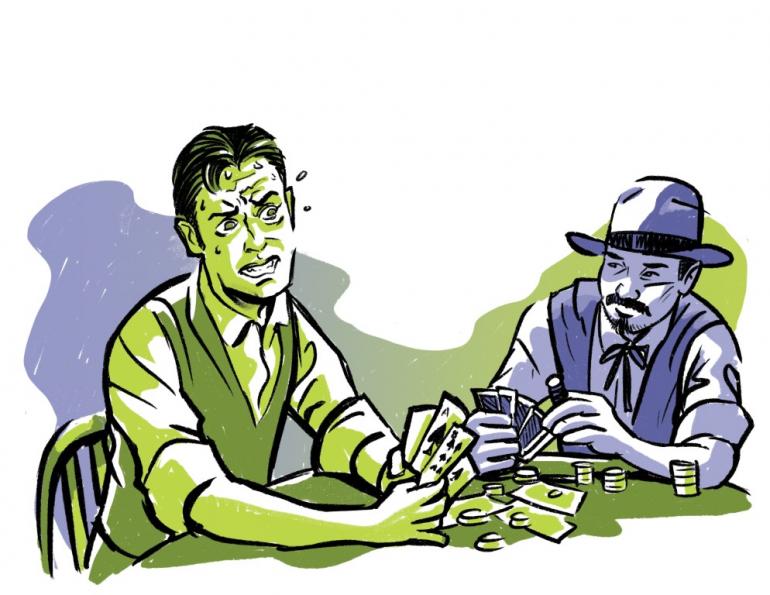
ACES & EIGHTS
Poker in the Old West was a gaming staple in saloons for much of the 19th Century. You have likely seen enough movies to picture the rough-and-tumble world of cowboys, “townies” and professional gamblers in bowler hats to imagine the scene at Saloon #10 on August 2nd, 1876 in Deadwood, Dakota Territory, when Wild Bill Hickock was ambushed and shot in the back of the head while holding two pair of black “aces and eights,” which became forever known as the Dead Man’s Hand. Though actually a pretty decent hand for poker, yet when those cards are dealt today they are still considered by some players as a bad luck omen. The idea of luck in the Old West has many other carry-overs. Some you will know, but others may surprise you.
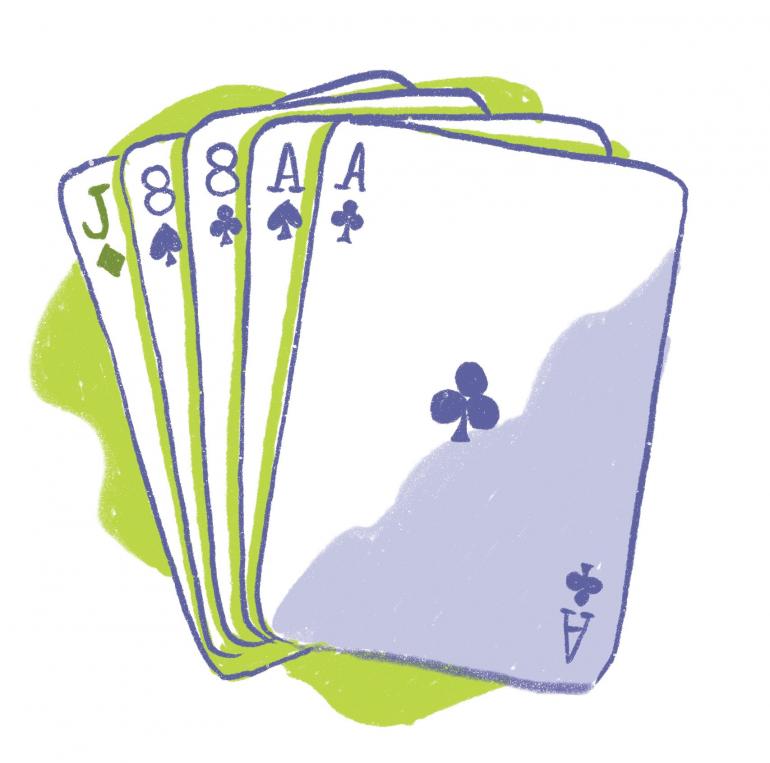
RANCH DRESSING AND THE KILLING FIELDS
Ranch work is tough enough without tempting ill fortune. Superstitions of all sorts revolve around ranch-hands, and some of them involve their outfits and attire.
Never lend someone your hat (unless you’re planning on taking them home); and keep that hat right-side up, but never put it on a bed (more about that later). Never cross your boots when you remove them, or you might get tripped up. Never lend out your ranch gear. When you receive a knife as a gift, always give a penny for it to save yourself some cuts. Never wear a peacock feather in your hat; and definitely do not wear a dead man’s boots. The deceased will haunt you and that horse you rode in on forever.
And while we are on to horses, a cowboy’s prize possession is his horse, which you are never to lend lest misfortune befall you. And, by the way, if you change the name of your horse you will most definitely get injured on it. If you pull the shoes from a dead horse, never re-use them. Bad luck, indeed!
While riding the range, death takes on new meaning. After you’ve killed the coyote, hang it on your fencing. Coyotes seem to understand bad luck. When you kill a rattler, do it with ceremony: Cut off the head. Bury it, belly up (for rain). Keep those rattles for good luck. If you enjoy a fine quail hunt, kill any roadrunner you see (beep-beep!). Never use your dead dog’s collar on your new dog. Look up at that buzzard, but don’t let its shadow cross over you. Finally, if you bury a loved one on the ranch, keep an eye out for a red-tailed hawk nearby. If you see one, you can be sure that the departed is now with the Almighty. Just don’t point at his grave or any other for that matter. Your finger will rot off.
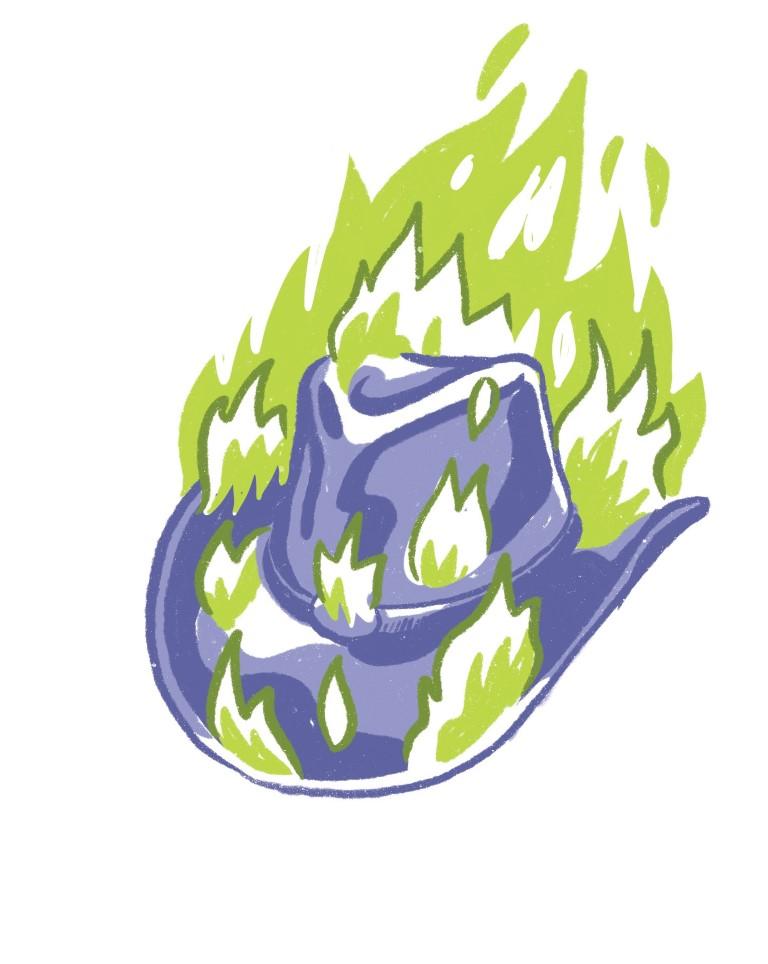
RODEO KARMA
If there is one place where Old West meets New it’s at the rodeo, where broncin’ buckaroos, flashy cowgirls and murderous bulls enjoy a few hours, all together in a large, penned arena. With so much ruckus it definitely (still) pays to have a bit of luck on your side so never, absolutely never, wear a yellow shirt while competing. But please do wear a different colored sock on each foot, and make sure your darn hat is not on your bed. Steer wrestler Hunter Cure’s mother-in-law put his signature hat on his hotel bed, and his fortunes declined for two years. Finally, to be rid of the curse, he poured gasoline on his $500 headcover and burned it to ashes.
While Wild Bill’s poker hand draw was an unlucky coincidence, the “luck of the draw” is not limited to games of chance. It is also an expression used in the rodeo circuit where competitors are matched with the bulls, broncos, and other livestock in riding and roping events through a draw system. In most cases the cowboy contestant and critter’s names are matched through a computer program, though sometimes there is still an old-fashioned draw with the animal’s number on a poker chip, drawn from a Stetson or plain old box.
Before competing be sure you shave for Lady Luck, and take all the change from your pocket, or that foretells all you might win. Do not read your horoscope on competition day. Avoid chicken before competing (you are what you eat). On the other hand, Loyd Ketchum, one of Montana’s famous bull riders, would chow-down on steak and potatoes before competing, and enjoy apple pie and ice cream afterwards if no one was hurt. If a big meal before eight seconds on a big bull is not your thing, have a hot dog on the way to the ring for good luck, but avoid peanuts and popcorn; and do not kick that paper cup in the dirt if you know what’s good for you. Ready to ride? Remember… right foot in the stirrup first.
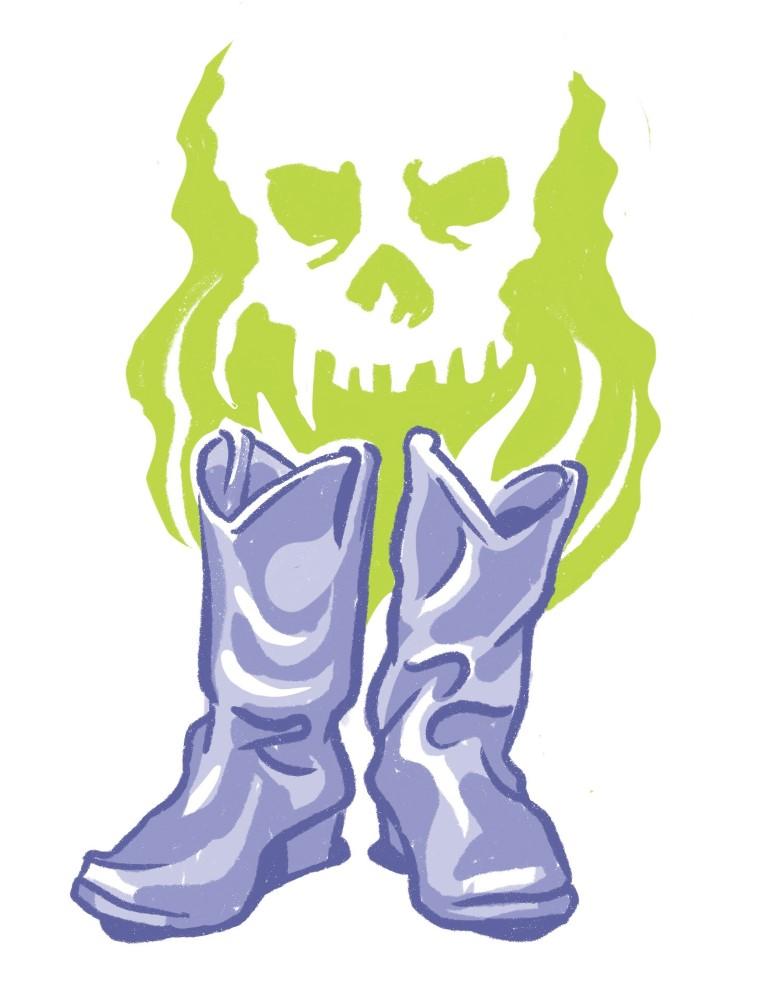
WHY WE LOVE HORSESHOES
We saved the best for last, to leave you with a bit of good luck, even if you are not a cowboy or cowgirl. Horseshoe luck originated in the tenth century in a fable about the devil and Saint Dunstan. Today a horseshoe, up or down, is generally considered a harbinger of luck, though some believe that the open ends facing down portend bad luck. Finding, rather than buying a horseshoe makes for even greater luck. To make sure that all the luck is good, some choose to hang the shoes in both directions. In the Old West, the shoe prevented witches and evil spirits from entering your home. Of course. Why not? Blacksmithing was considered a lucky trade, and iron withstands fire. Luckily, horseshoes often have seven holes for nailing to the horse’s foot. So whether over your doorway, in your barn, on your shirt, around your wrist or hanging from your ears, horseshoes are universally considered to be far more advantageous than the “luck of the draw.”
Know any good blacksmiths?
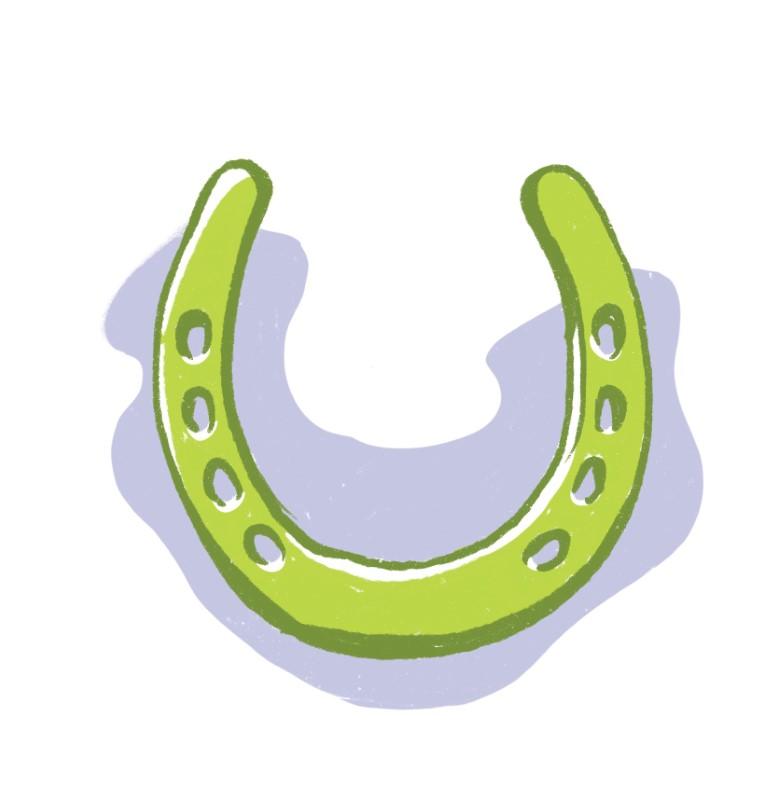
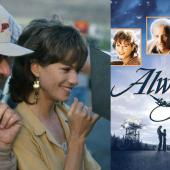
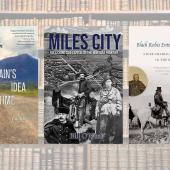

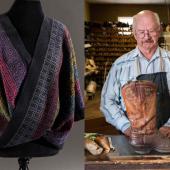
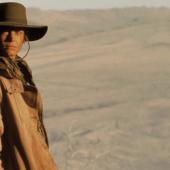
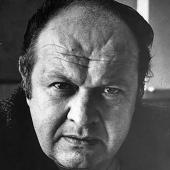
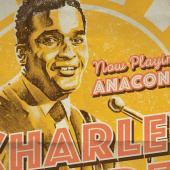


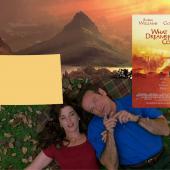

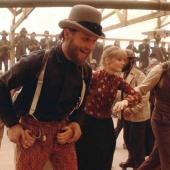
Leave a Comment Here